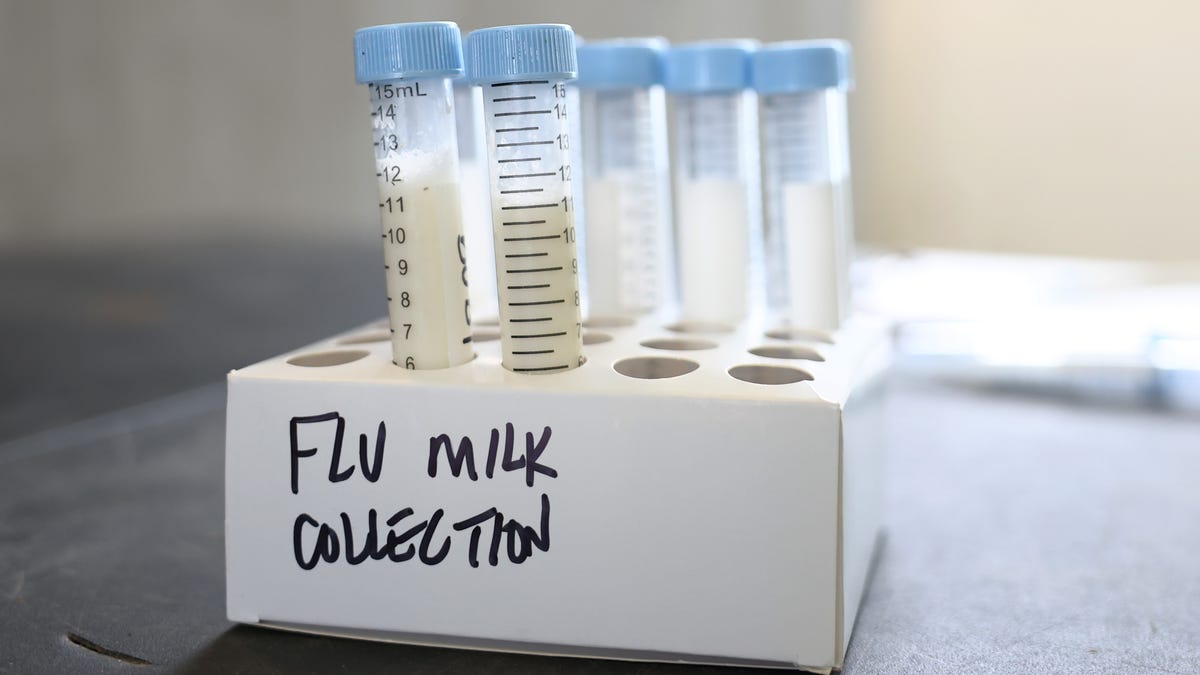The Intersection of Bird Flu and AI Innovations

Exploring the implications of a dangerous H5N1 bird flu mutation and OpenAI's ambitious transition to profit-driven models.
The emergence of a highly pathogenic H5N1 bird flu strain highlights the intertwining concerns of public health and technological advancement. As global health systems grapple with the risks posed by such mutations, the role of technology—particularly AI—in forecasting and mitigating health crises becomes increasingly significant. This intersection of AI with urgent health threats not only reflects technological potential but also underlines a need for strategic responses to complex biological challenges.
Experts have emphasized the heightened risk of H5N1 transmission to humans, raising alarm over its potential for an outbreak similar to previous pandemics. Concurrently, in the tech world, OpenAI's decision to shift towards a profit model represents a crucial evolution. Bill Briggs, the CTO of Deloitte, has articulated how AI reshapes job markets and industries as companies adapt their operational strategies. OpenAI's transformation, while promising in terms of innovation, raises vital questions about ethical long-term implications and the socio-economic impacts of such changes.
The technological community must remain vigilant as AI continues to redefine various sectors, including health care and finance. As industries leverage AI for efficiencies, understanding its impact on workforce dynamics becomes paramount. With AI predicted to influence half of global economic output by 2030, this discussion extends beyond mere technological advancement, highlighting a profound transformation in societal structures and professional environments. Navigating this landscape requires a balanced approach that harmonizes innovation with responsibility, particularly in areas that affect human health and well-being.
In summary, as we confront rising health threats like the H5N1 virus and witness AI's influence reshaping our professional landscape, the collaborative response of technology and health sectors is essential. The future calls for a strategic alliance that prioritizes human welfare while embracing the evolution of AI-driven capabilities.



